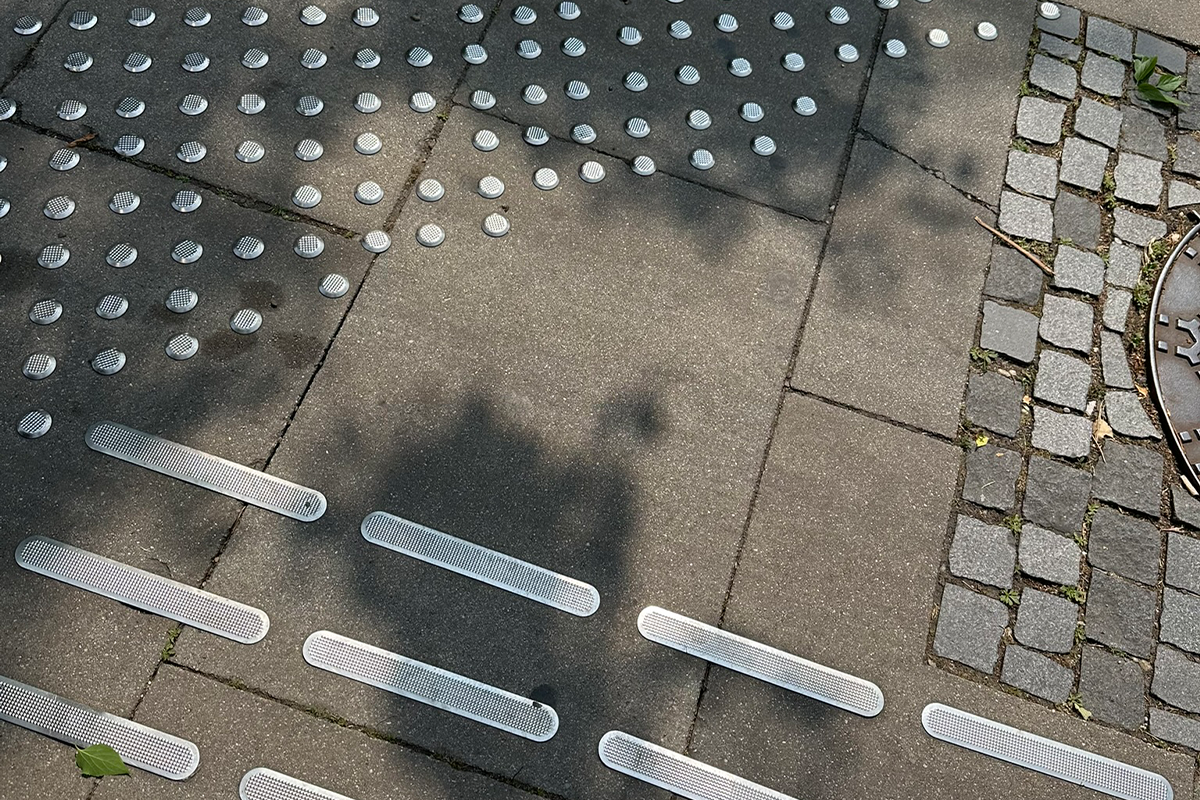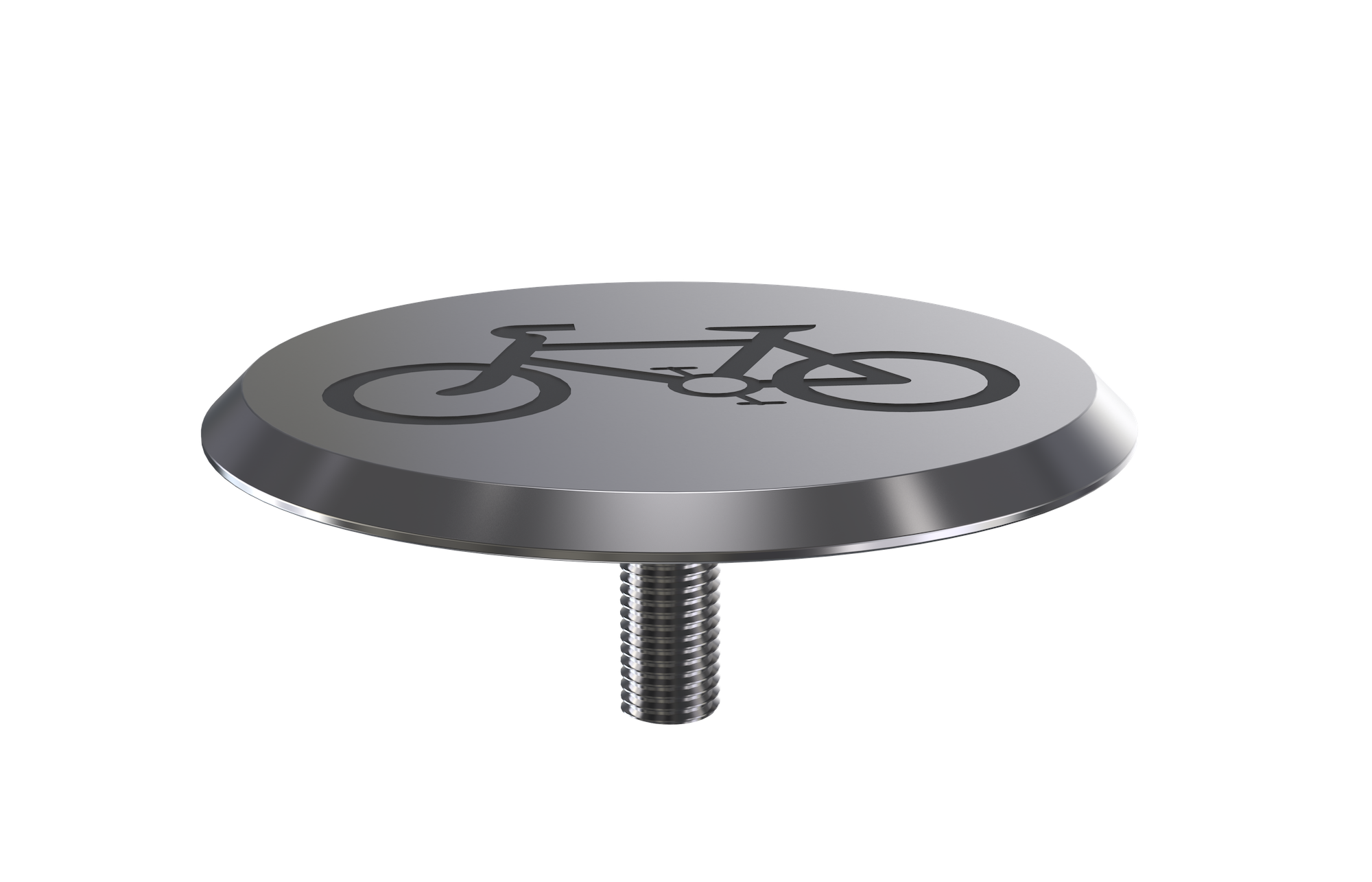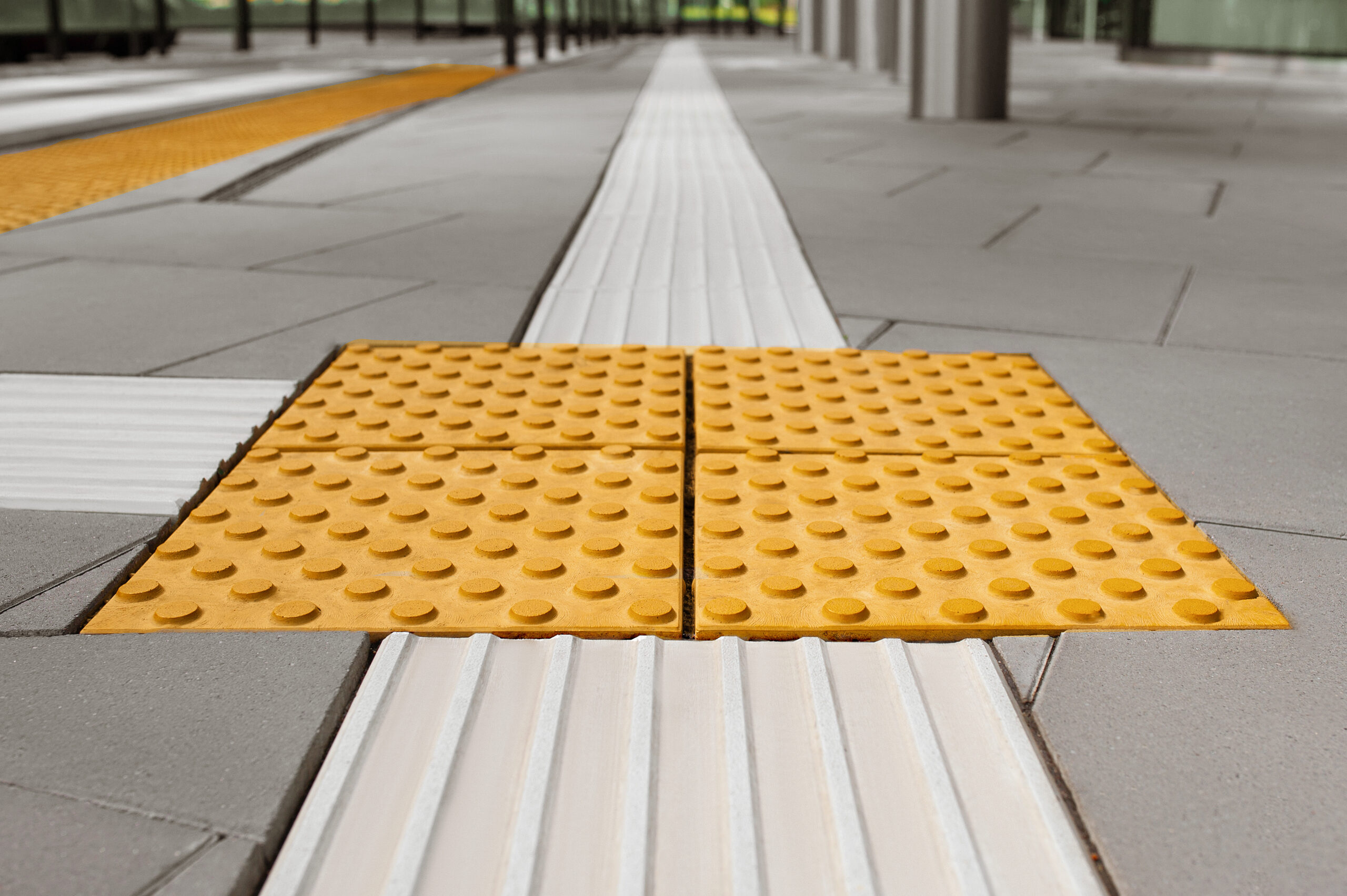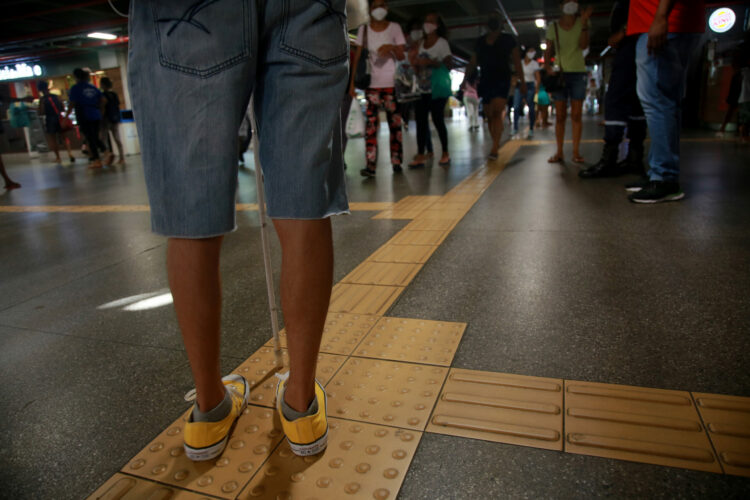The Role of Hostile Architecture
Blog
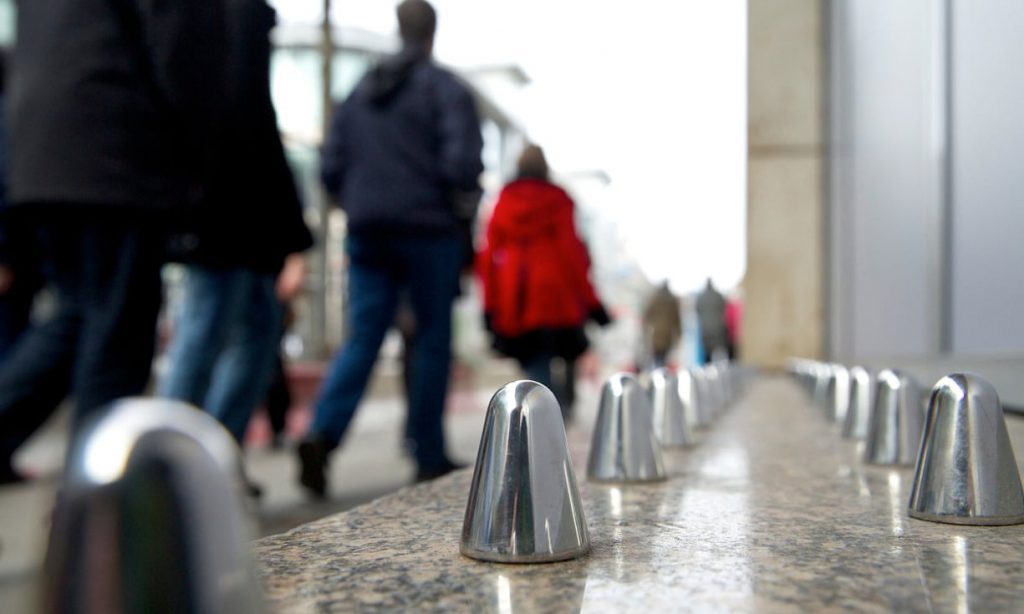
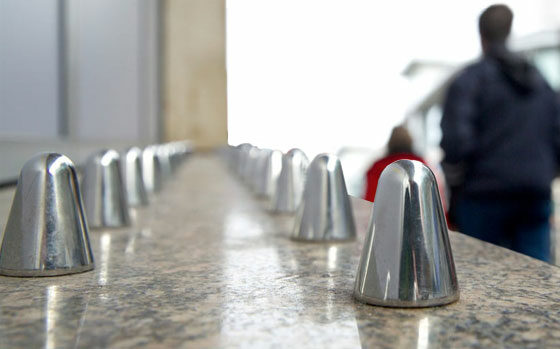
Hostile architecture and every day life
Hostile architecture can be found throughout most towns and cities in the UK. The use of hostile architecture is controversial, particularly when it targets the homeless community.
In this blog, we explore the various aspects of hostile architecture, including its different forms, its impact on communities and the ethical considerations surrounding its use. We’ll cover:
- What is hostile architecture?
- What groups and behaviours do hostile architecture target?
- How is hostile architecture achieved?
- Examples of hostile architecture
- Why would anyone want to implement hostile urban architecture?
- Why is hostile architecture bad?
- Why hostile architecture is good
What is Hostile Architecture?
Hostile architecture is defined as elements or features in public spaces and private settings that have been intentionally designed to discourage certain behaviours. These design elements are implemented to deter activities such as loitering, sleeping, or skateboarding. Examples of hostile architecture include the installation of spikes, bars, sloped surfaces, or narrow benches.
Anti-homeless architecture sparks significant debate and raises questions about social inclusion. This particular subset of hostile architecture is seen to marginalise vulnerable groups and dehumanise those experiencing homelessness.
What groups and behaviours do hostile architecture target?
Hostile architecture targets several groups and behaviours:
- Skateboarders and BMX riders
- Groups of youths
- Homeless populations
- Drug users
- Birds and other nesting animals
- Those looking to improperly use architectural features and ledges as seating
These groups can present certain behaviours that local councils and private businesses may want to discourage.
Some examples of these behaviours include:
- Sleeping in doorways or other shared public spaces
- Drug use
- Trespassing
- Sitting on high ledges and presenting a danger to themselves and others
- Grinding on ledges using a skateboard, BMX, or inline skates
- Sleeping on public benches
- Damage of property, public or private
- Animals nesting on the outside of buildings
How is hostile architecture achieved?
Hostile architecture is achieved by incorporating specific design elements that discourage or prevent certain behaviours. Here are some common techniques used:
Examples of hostile architecture
In high-traffic public areas that experience loitering, a bench may be removed or replaced with sloping seats to make resting possible but not desirable
Some spaces might try to deter homeless people from sleeping on benches by having benches removed and replaced with segmented seating as opposed to standard benches.
Elevated ledges like those next to canals or rivers may have anti-sitting studs installed to prevent people from resting on them
Large flower pots can also be used to deter people from sleeping in doorways overnight
Rails that people have been sliding down or using as free-running apparatus may have obstacles placed before or after them. The rails themselves may be adapted to discourage anti-social behaviour.
Blue light bathrooms are often installed in places with frequent intravenous drug use because the blue light prevents drug users from finding their veins.
Bird spikes can also be considered an example of hostile design. They are often installed to keep places free of bird droppings and remove the potential for birds to nest.
Why is hostile architecture bad?
As discussed, the use of anti-homeless architecture is often viewed as prioritising aesthetics and commercial interests over the well-being of vulnerable populations.
However, hostile architecture can also have unintended consequences for other groups in society. For example, elderly or disabled individuals who may need to rest while walking can be disadvantaged by anti-sitting deterrents that are designed to discourage loitering. This can result in a lack of accessible seating options and make public spaces less welcoming and inclusive.
Why is hostile urban architecture sometimes seen as necessary?
The motivation behind implementing hostile urban architecture can vary depending on the stakeholders involved. Here are some common reasons:
- Maintenance and cost considerations
Hostile architecture is sometimes seen as a way to protect public spaces and infrastructure from damage, vandalism, or wear and tear. By implementing design elements that discourage certain behaviours, local governments aim to reduce maintenance and repair costs.
- Perception and economic factors
Creating an environment perceived as safe, clean, and desirable is crucial for attracting businesses, investors, and residents to an area. Hostile architecture may be employed to deter activities that could be seen as undesirable or unsafe, thus maintaining the appeal of an area and potentially boosting economic development.
- Safety and liability concerns
Public spaces need to be designed with safety in mind. Implementing hostile architecture features can help prevent accidents or injuries caused by people using architecture in unintended or dangerous ways, such as climbing or skateboarding on structures not intended for such activities.
- Private property protection
Private businesses and property owners may use hostile architecture to safeguard their premises and maintain a certain image or ambience. Features like metal bars or spikes can discourage loitering, vandalism, or other unwanted behaviours near their establishments.
In summary, deterring activities like loitering, vandalism, and drug use contributes to a sense of security and protects public infrastructure and private property from damage. While these reasons offer a perspective on the motivations behind hostile architecture, the practice remains debatable due to its potential negative impact on social inclusivity.
Experts recommend that hostile architecture should be viewed in the larger context of urban design and its impact on society as a whole. While some measures may be necessary to maintain order and safety in public spaces, it is important to find a balance between these needs and the well-being and dignity of all individuals.
Need help choosing the right paving, studs or strips for your project? Speak to the team today and call 01686 689 198 or email [email protected].

